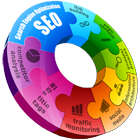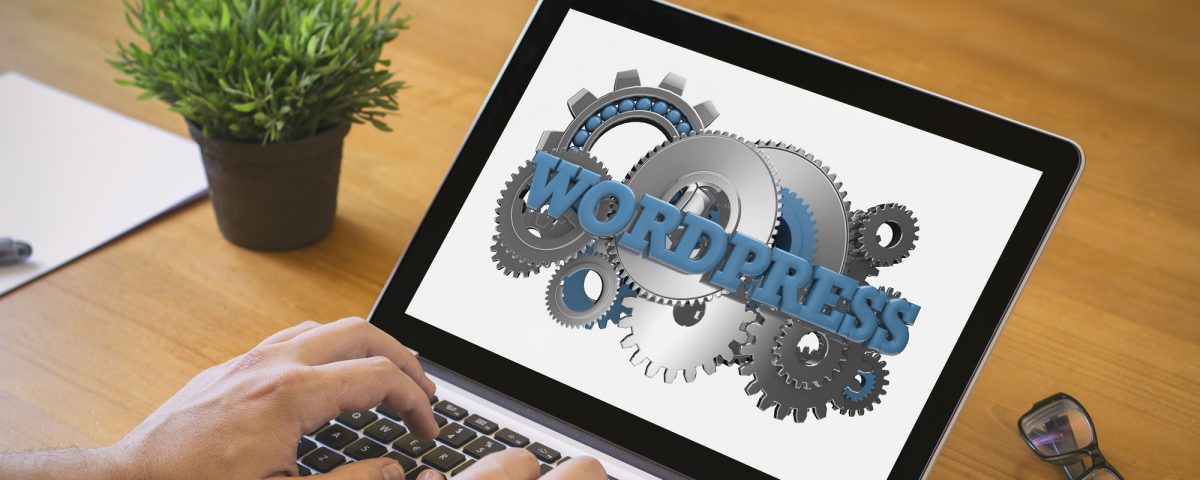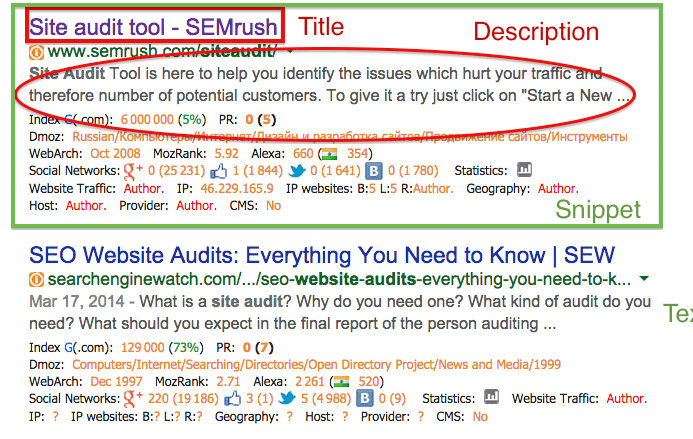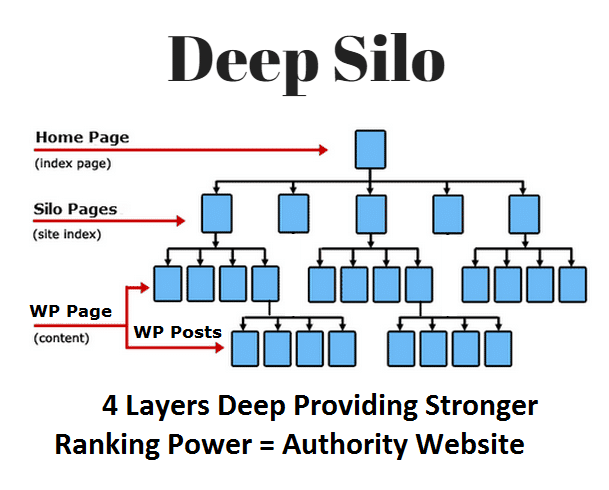Effective Ways to Speed Up Your WordPress Website

Majestic Warrior Launches Auto Repair Marketing Specialty
July 11, 2017
10+ Types of Backlinks That Can Help Your Website Rankings & Traffic
October 22, 2017Reasons Why You Need to Work On WordPress Optimization Speeds!
Increasing your website speed is essential if you want to attract new viewers to your site. Many times, great content is not enough to keep your viewers’ attention. You need to have images, graphs, videos and a compelling reason to keep your visitor interested and engaged. If your website loads slow due to having images, graphs, screen shots or videos, they may never really see what you have to offer. So making sure your website is optimized for speed is very important to your visitors and for ranking in Google.
WordPress Website Hosting
One of the first areas we are going to look at is your hosting. If you are hosting a large site with many images or videos, a shared hosting like GoDaddy or Hostgator is not going to cut it. You need to find premium hosting solutions to power your website. This is one of the first steps to ensure your website load times are fast. There are several hosting providers we recommend:
WP Engine – 2 Months Free Annual Plan
Rent a VPS
Renting your own Virtual Private Server will create a large difference on your site. Most serious businesses and famous bloggers opt to have their own VPS because of its speed and security. Shared hosting can create some complications on your site, especially if one of its websites is experiencing trouble. Many times, the ease of having your own VPS is worth the extra cash. We use and recommend Liquid Web and have many different options of VPS/VDS you can take advantage of.
Keep Your Pictures Optimized
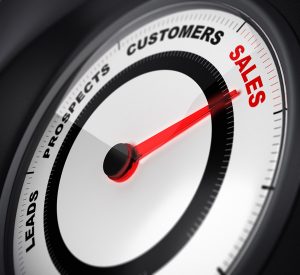
You may think that optimizing your images so they will load faster will take up a lot of time on your end. It is not necessarily so. There are many programs that can help you optimize all of your pictures at once, so that they are all in the same size. That should be so much less effort for you.
To make it even faster for your viewers to access your site, you may also want to try the lazy load technique, where the pictures load while the viewer is scrolling down the page. This saves a lot of loading time and it is very user friendly. This will save your viewers bandwidth, especially for viewers that do not read posts all the way through. A great plugin that works to help optimize your images is Imagify. Imagify will optimize your images with just a few clicks of a button. They provide different programs based on your data usage per month. You can also use a CDN to help with optimizing your images. A CDN is known as a content delivery network and “is a system of distributed servers (network) that deliver pages and other Web content to a user, based on the geographic locations of the user, the origin of the webpage and the content delivery server”. Seen published on http://www.webopedia.com/TERM/C/CDN.html. A good CDN is Max CDN and has very competitive pricing.
Use YouTube
Using YouTube for videos can actually keep the loading time down on your posts and pages. Placing a video directly on your site can cause some drag while people try to access your content. If you do not like using YouTube, there are other streaming services that are readily available to use online. Putting lesser loads on your server will make your site easier to access.
For a more optimal user experience, remember to disable the Auto Play feature on your videos. This can be a little unsettling for your viewers and some of them may get annoyed enough to leave your page. Give a great description of the video you want them to see. If they are at work and the auto play comes on, they potentially can bounce off your website immediately. Check out our web design do’s and don’ts.
Keep Your Posts Organized
Keeping your main page neat and organized is also a good way to keep your loading speed fast enough to gain more viewers. Instead of showing the full posts on the main page, you can choose to show only the first few paragraphs. Excerpts are sneak peeks to the main content, and it is a great way to build interest too.
You may also want to make sure that you only feature around 4 to 8 posts on the main page in order to reduce the load time. You can have a load more button that allows more posts to be loaded just by a click. You can also utilize pages (page 1, 2, 3 for your posts), or you can develop a good database that can make your audience get to the content that they want faster. People will definitely appreciate your site’s efficiency. A great way to keep your posts organized is utilizing a silo structure on your website.
WordPress Settings & Plugins for Website Speed Optimization
When it comes to wordpress, it is a database website that has a lot of functionality and plugins to not only speed up your site, but also help you optimize your website. It is important to use plugins that have little drag and drain on your website and help improve your websites performance. We tried all of the following WP Caching Plugins:
The clear winners for a caching plugin on our website speed were WP Rocket and WP Fastest Cache. I need to also mention we only did the paid versions of WP Rocket and WP Fastest Cache. The other caching plugins we were only using the free version. We opted to use WP Rocket for several reasons. Some of the reasons we choose to go with WP Rocket:
- Cost for many websites (WP Fastest Cache charges per website installation)
- Integration with Imagify was easy
- Optimal setup was easy
- Easy integration with Max CDN
As far as website speed loading time, it was very close. WP Rocket was a slight bit faster than WP Fastest Cache. On WP Rocket we usually load between 1.2s and 1.5s with a webpage that is 3.1mb.
Make Use of Your WordPress Plugins
Try to check through the plugins on your site and find the ones that are no longer being used. Unused plugins can create a lot of drag on your WordPress site. Take a look through your list. Sometimes we can forget, and deleting the things we do not used can create seconds of difference. On the internet, that is a big difference already.
You may even want to study how these plugins function. You can incorporate these without having to put the entire plugin on the site. A few codes on your functions.php can give you the same benefits a widget can offer you. You also want to keep your wordpress plugins up-to-date for efficiency and security reasons.
Pay Attention to Your WordPress Settings
There is also a way to increase the loading speed through your WordPress settings. You may have noticed pingbacks and trackbacks on your WordPress. This is something that is enabled by default so that you can get notified whenever other blogs interact with you. This is a great WordPress feature, but this can also affect loading speeds. This adds on new data to your post, which in turn makes the post heavier. Turning this feature off will let you browse through your site a little bit faster.
Do Your Maintenance Work
WordPress is based on a MySQL Database, which means that the database gets larger whenever your posts are edited or when comments are left on the site.
Always remember that every time you revise your post, the last version will be automatically saved to the database. Cleaning this up will allow your page to load much faster. Spam comments must also be deleted. While it is great to have comments on your page, spam comments do nothing for you and it will only slow the page down.
There are plugins on WordPress that can help you do these maintenance tasks on your site. Since plugins can create a bit of a slow down on your site, you might want to enable this only once a month. For the rest of the time, you can keep it disabled. WP Rocket takes care of the maintenance work for you as well. It will cleanup old revisions and will also delete spam comments from your database for you each week on auto pilot.
Also try not to keep website page redirects to a minimum. Sometimes you have to redirect pages, posts, categories and even tags to a new URL. Each redirect added to the page, can and will slow down the page load times.
Cut Down on the Word Art, Widgets and Graphics. (If You Have To)
The first thing that you should do is to cut down on the word art. Many times, glitzy word art can slow down a page significantly, and it is not a pretty picture when it refuses to show up on screen. In some ways, word art can be unnecessary. It is fine to use it for titles, or for details that absolutely need the attention.
There is no need to overdo. You can try using a neat and legible font instead and pay attention to proper spacing. Nice and simple goes a long way, and it will even make your site look fresh and professional.
Remember to take down pop ups and widgets that are not of the utmost importance. Decorations can be attractive, but you will have to consider that not all viewers will appreciate that. They will always want good content, and they want it fast. Widgets and other decorations can sometimes take away the experience.

